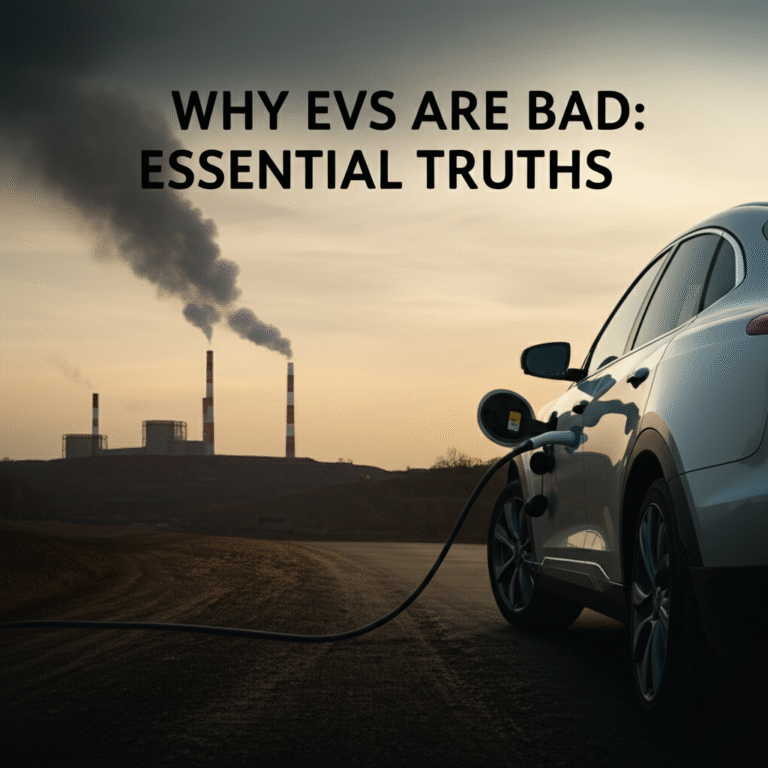EVs aren’t inherently “bad,” but understanding their current limitations is key for informed buyers. Common concerns often revolve around charging infrastructure, battery lifespan, upfront cost, and range anxiety. This guide breaks down these truths to help you decide if an EV is right for you right now.
Navigating the world of electric vehicles (EVs) can feel a bit overwhelming, especially when you hear conflicting stories. Some folks rave about them, while others point out what they see as significant downsides. It’s natural to wonder, “Why are EVs sometimes considered bad?” You’re not alone in asking this question, and it’s a smart one to explore before making a big decision. We’ll break down the common concerns in a way that’s easy to understand, so you can feel confident about what to expect. Let’s dive into the essential truths about EVs, without the hype, and figure out what really matters for everyday drivers.
Understanding the Nuances of EV Adoption
It’s important to start by saying that the idea of EVs being “bad” is a bit of a simplification. Like any emerging technology, electric cars have their set of challenges that are actively being addressed. The concerns you might hear often stem from the current state of the technology, the infrastructure supporting it, and the economic factors involved. Think of it like the early days of smartphones – they were amazing, but also had limitations we now take for granted.
The conversation around EVs often gets polarized, but the reality is much more nuanced. For many people, EVs are a fantastic option, offering lower running costs and a smoother driving experience. However, for others, the current drawbacks might make them less appealing. Our goal here is to shed light on those less-than-perfect aspects, empowering you to make a decision that truly fits your lifestyle and needs. We’ll look at the practical realities that might give you pause.
The Charging Conundrum: Availability and Speed
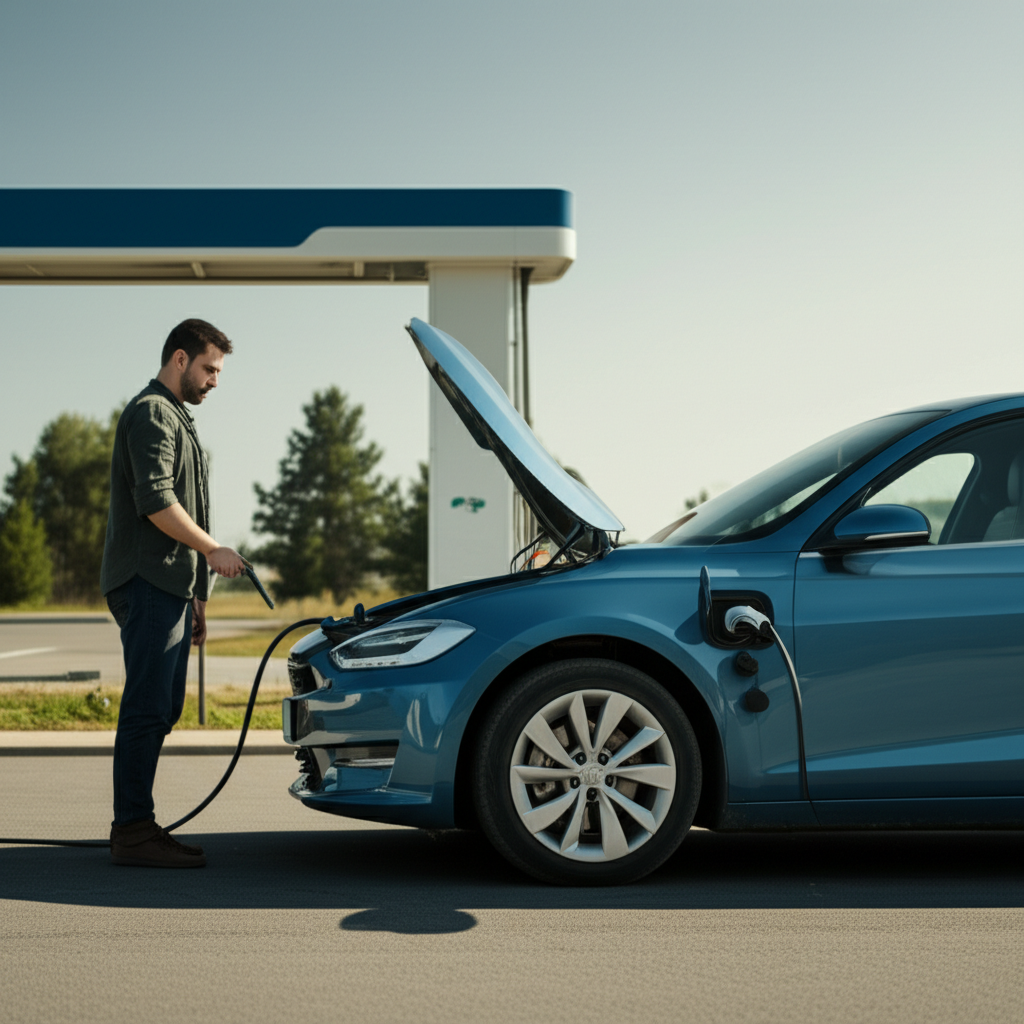
One of the most significant hurdles for potential EV buyers is the charging infrastructure. While it’s rapidly expanding, the availability of charging stations can still be a concern, especially outside of major urban centers. Imagine planning a long road trip in a gasoline car; you can find a gas station at almost every corner. With EVs, this isn’t always the case.
Public Charging Stations: A Growing, But Uneven, Network
The number of public charging stations is increasing daily, thanks to government incentives and private investment. However, the distribution isn’t uniform. Rural areas and some smaller towns still have limited options. This can lead to “range anxiety,” the fear of running out of battery charge before reaching a charging point.
Types of Chargers: It’s good to know there are different levels of charging:
Level 1: Uses a standard household outlet (120V). It’s slow, often adding only 3-5 miles of range per hour. Best for overnight charging of plug-in hybrids or when you have ample time.
Level 2: Uses a 240V outlet (similar to what an electric dryer uses). This is the most common type for home and public charging, adding about 20-30 miles of range per hour.
DC Fast Charging (Level 3): Found at public stations, these can add 100-200 miles of range in just 20-30 minutes. Ideal for road trips.
Home Charging: The Convenience Factor
For most EV owners, home charging is the primary method. Installing a Level 2 charger at home offers the most convenience, allowing you to start each day with a “full tank.” However, this requires an upfront investment in the charger itself and potentially an electrical upgrade to your home’s panel. For those living in apartments or without dedicated parking, home charging can be a significant challenge.
Charging Speed: Not Always Instant
Even with DC fast chargers, charging an EV takes longer than filling a gas tank. While this is improving with newer battery technology, it’s still a consideration for those who are used to quick pit stops. Planning charging stops on longer journeys becomes a necessity, not just an option.
For more information on the charging infrastructure and its development, you can check out resources from the Alternative Fuels Data Center, a U.S. Department of Energy initiative.
Battery Life, Degradation, and Replacement Costs
The battery is the heart of an EV, and its longevity is a common concern. While EV batteries are designed to last many years, they are subject to degradation over time, meaning their capacity to hold a charge will gradually decrease.
Battery Degradation: A Natural Process
All rechargeable batteries degrade with use and age. This means an older EV might have a reduced maximum range compared to when it was new. Manufacturers typically offer warranties for their EV batteries, often covering 8 years or 100,000 miles, guaranteeing a certain percentage of original capacity.
Factors Affecting Degradation:
Charging Habits: Frequently charging to 100% and discharging to very low levels can accelerate degradation.
Climate: Extreme heat or cold can also impact battery health over the long term.
Driving Style: Aggressive acceleration and braking can put more stress on the battery.
Replacement Costs: The Big Question
The elephant in the room for many is the potential cost of replacing an EV battery pack once it’s out of warranty. While prices have been coming down, battery replacements can still cost thousands of dollars.
| Component | Estimated Cost (USD) | Notes |
| :——————— | :——————- | :—————————————————————– |
| Battery Pack | $5,000 – $15,000+ | Varies greatly by vehicle model and battery size. |
| Installation Labor | $500 – $2,000 | Depending on complexity and dealership rates. |
| Ancillary Components| $1,000 – $3,000 | May include coolant, wiring harnesses, or control modules. |
However, it’s important to remember that most owners will likely sell their EV long before the battery needs replacement. Furthermore, battery technology is advancing rapidly, with ongoing research into more durable and cost-effective battery chemistries.
The Upfront Cost Barrier
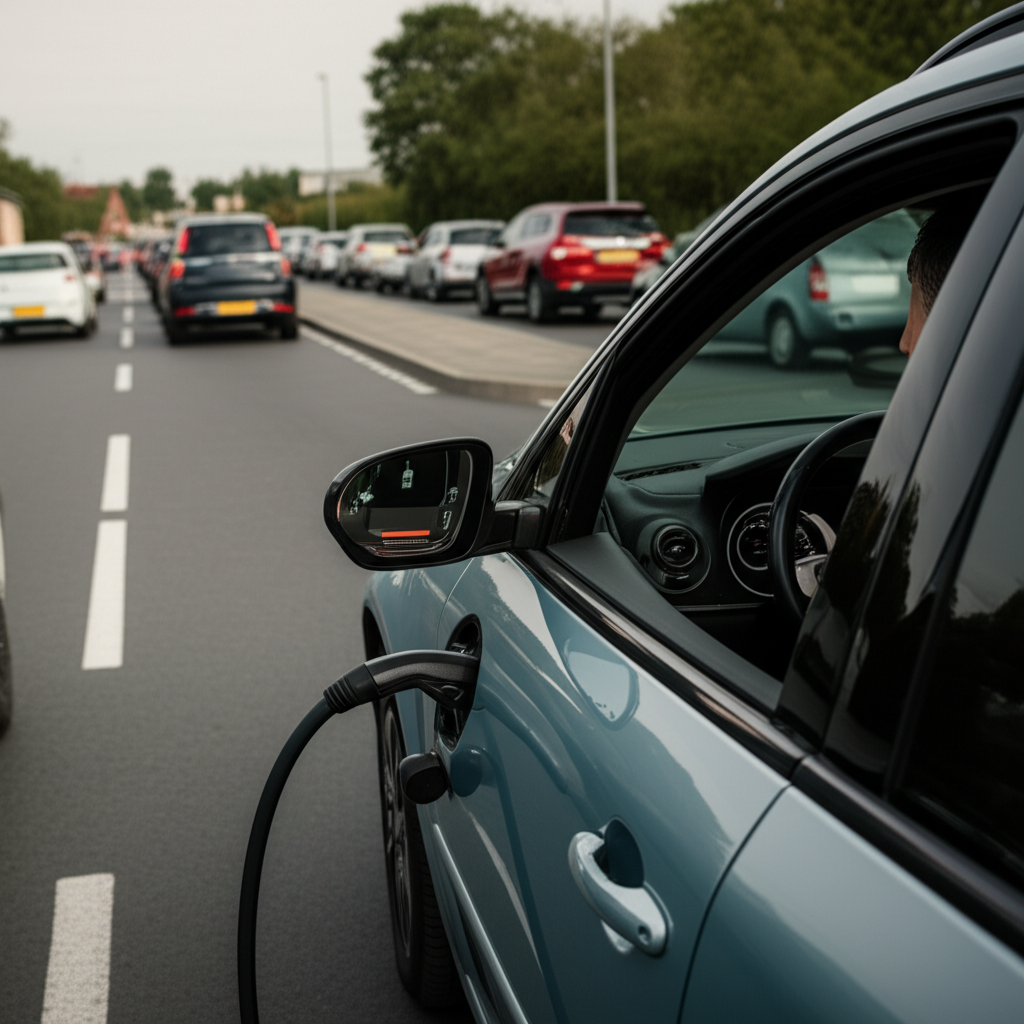
Electric vehicles often come with a higher sticker price than comparable gasoline-powered cars. This upfront cost is a significant factor for many consumers and is frequently cited as a reason why EVs might be considered “bad” for the average budget.
Initial Purchase Price vs. Total Cost of Ownership
While the initial purchase price is higher, it’s crucial to consider the total cost of ownership (TCO). EVs typically have lower running costs, including:
Fuel Savings: Electricity is generally cheaper per mile than gasoline.
Lower Maintenance: EVs have fewer moving parts than internal combustion engine (ICE) vehicles. No oil changes, fewer brake replacements (due to regenerative braking), and no exhaust systems mean less maintenance and fewer repair bills.
For example, a study by Consumer Reports often highlights that over the lifespan of the vehicle, EVs can be more economical.
Incentives and Tax Credits: Mitigating the Cost
Many governments offer incentives, tax credits, and rebates to encourage EV adoption. These can significantly reduce the effective purchase price, making EVs more competitive. It’s essential to research what incentives are available in your region, as they can make a substantial difference.
For instance, in the United States, the federal tax credit for new clean vehicles can be up to $7,500. State and local incentives can add further savings. Information on these can often be found through your local department of energy or a reputable automotive consumer site.
Range Anxiety: More Than Just a Buzzword
Range anxiety, the fear of an EV running out of battery charge, is a valid concern for many potential buyers, especially those who regularly drive long distances or live in areas with limited charging infrastructure.
Understanding EV Range
The range of an EV varies significantly depending on the model, battery size, driving conditions, and temperature. Many new EVs offer ranges of 250-350 miles on a full charge, which is sufficient for the vast majority of daily driving needs. However, for those who frequently drive hundreds of miles in a single stretch, the charging stops become a planning necessity.
Factors Affecting Real-World Range:
Speed: Higher speeds consume more energy.
Temperature: Cold weather significantly reduces battery efficiency and thus range.
Driving Style: Aggressive acceleration and braking use more energy.
Ancillary Systems: Using heating or air conditioning impacts range.
Addressing Range Anxiety
As charging infrastructure improves and battery technology advances, range anxiety is gradually diminishing. Many drivers find that their actual daily driving needs are well within the range of most EVs, and the convenience of home charging reduces the need for frequent public charging.
For drivers who need to cover very long distances regularly, the current charging network and charging times are still the primary considerations. It requires a shift in how you plan travel compared to a gasoline vehicle.
Environmental Impact: Beyond the Tailpipe
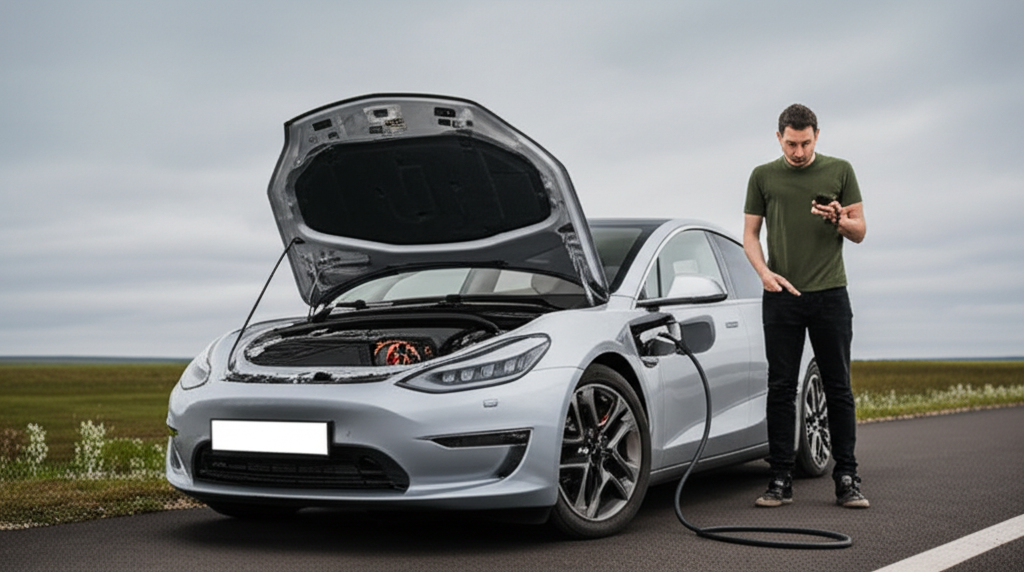
While EVs are often lauded for their zero tailpipe emissions, a complete environmental assessment involves looking at the entire lifecycle, including battery production and electricity generation.
Battery Production: Resource Intensive
The production of EV batteries requires mining for materials like lithium, cobalt, and nickel. These processes can have environmental and social impacts, including water usage, habitat disruption, and potential ethical concerns regarding labor practices in some regions.
Recycling Efforts: The industry is heavily invested in developing battery recycling processes to recover valuable materials and reduce the need for new mining. Recycling rates are improving, but it’s an ongoing area of development. The U.S. Environmental Protection Agency provides general information on circular economy principles, which apply to battery recycling.
Electricity Source: The Grid’s Role
The environmental benefit of driving an EV is also dependent on how the electricity used to charge it is generated. If the electricity comes primarily from renewable sources like solar and wind, the EV’s overall carbon footprint is significantly lower. If the grid relies heavily on fossil fuels, the environmental advantage is reduced, though still often better than gasoline cars due to the efficiency of electric motors and power plants compared to individual car engines.
Many regions are increasingly decarbonizing their electricity grids, which further enhances the environmental benefits of EVs over time.
Maintenance: Simpler, But Not Non-Existent
One of the oft-touted benefits of EVs is their reduced maintenance needs. This is largely true, as electric powertrains have far fewer moving parts than internal combustion engines.
What EVs Don’t Need
Oil changes
Spark plug replacements
Exhaust system repairs
Transmission fluid changes (in most cases)
Serpentine belts
What EVs Still Need
Tires: Like any car, EVs need tire rotations and replacements. EVs can sometimes wear tires faster due to their weight (from the battery) and the instant torque, which can encourage quicker acceleration.
Brakes: While regenerative braking reduces wear on friction brakes, they still require occasional inspection and replacement.
Cabin Air Filters: These need regular replacement to ensure good air quality inside the car.
Wiper Blades and Washer Fluid: Standard car maintenance items.
Coolant: EV batteries and powertrains use coolant that needs to be maintained and potentially flushed over time.
The overall reduction in maintenance costs is a definite plus for EV owners, but it’s not a complete absence of upkeep.
The Manufacturing Footprint: A Broader Look
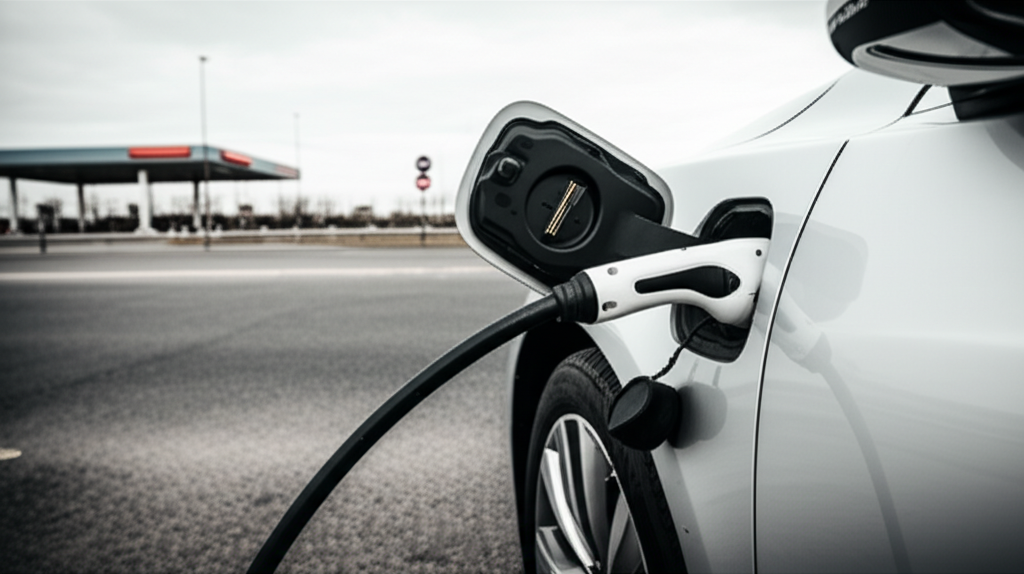
The production of EVs, particularly the batteries, is energy-intensive and can have a larger initial carbon footprint compared to manufacturing gasoline cars. This is a point often raised by critics.
Battery Manufacturing Energy Costs
The process of extracting raw materials and assembling battery cells requires significant energy. However, studies consistently show that over the vehicle’s lifetime, the lower operating emissions of EVs typically offset this initial manufacturing impact, especially as electricity grids become cleaner.
Lifecycle Analysis: Reputable organizations like the Intergovernmental Panel on Climate Change (IPCC) provide comprehensive lifecycle assessments that consider manufacturing, use, and disposal phases. These analyses generally conclude that EVs have a lower lifetime carbon footprint than comparable gasoline vehicles.
Is an EV “Bad” for You? Key Considerations
So, to circle back to the initial question: “Why are EVs bad?” The answer isn’t that they are universally flawed, but rather that their current state of development presents challenges that may not suit every driver.
Here’s a summary of the points we’ve discussed that might be perceived as downsides:
| Concern | Explanation |
| :————————– | :—————————————————————————————————— |
| Charging Infrastructure | Availability can be limited outside major cities; charging takes longer than refueling a gas car. |
| Battery Life & Cost | Batteries degrade over time; replacement can be expensive, though warranties offer protection. |
| Upfront Purchase Price | EVs generally cost more to buy initially than comparable gasoline vehicles. |
| Range Anxiety | Fear of running out of charge, particularly on long trips or in areas with few charging stations. |
| Battery Production | Mining and manufacturing processes have environmental impacts, though recycling is improving. |
| Electricity Source | Environmental benefit depends on how electricity is generated (e.g., renewables vs. fossil fuels). |
These are all valid points to consider. Whether an EV is “bad” for you depends entirely on your individual circumstances, driving habits, access to charging, and budget.
Who Might Find Current EVs Challenging?
Frequent Long-Distance Drivers: Those who regularly drive more than 300-400 miles in a day without easy access to fast charging might find EVs inconvenient.
Apartment Dwellers: Individuals without access to dedicated off-street parking and home charging may face significant logistical hurdles.
Budget-Conscious Buyers: If the upfront cost is a major barrier and incentives aren’t sufficient, a gasoline or hybrid vehicle might be a more practical choice for now.
* Those in Areas with Poor Charging Networks: If you live in or frequently travel through regions with very limited public charging, range anxiety can be a persistent issue.
Making an Informed Decision
Ultimately, the decision to go electric is a personal one. The automotive landscape is changing rapidly, with battery technology, charging speeds, and infrastructure all improving year after year. What might be a “bad” aspect for some today could be significantly improved in the near future.
By understanding the essential truths about the current limitations of EVs, you’re in a much better position to weigh the pros and cons for your own situation. It’s about finding the right tool for the job, and for many, an EV is an excellent choice. For others, waiting a few years might make more sense as the technology and infrastructure continue to mature.
The most important thing is to do your research, consider your personal needs, and make a choice that you feel confident about.
Frequently Asked Questions About EV Limitations
Q1: Are EV batteries really that bad?
EV batteries are generally designed for durability and longevity, often with warranties covering 8 years or 100,000 miles. While they do degrade over time, most owners won’t need to replace them within their ownership period. The “bad” aspect often refers to the potential high cost of out-of-warranty replacement and the environmental impact of their production.
Q2: How long does it take to charge an EV?
Charging times vary greatly. A Level 1 charger (standard outlet) can take 24+ hours for a full charge on some EVs. A Level 2 charger (240V) typically adds 20-30 miles of range per hour, meaning a full charge might take 6-10 hours overnight. DC Fast Chargers can add 100-200 miles of range in 20-30 minutes, but this is the least common and often most expensive type of charging.
Q3: Do EVs have lower running costs than gasoline cars?
Yes, generally. Electricity is typically cheaper per mile than gasoline, and EVs have significantly lower maintenance costs due to fewer moving parts. However, the higher upfront purchase price can offset these savings in the short term, depending on incentives and your specific driving habits.
Q4: What happens to EV batteries at the end of their life?
EV batteries are increasingly being recycled. Manufacturers and third-party companies are developing sophisticated processes to recover valuable materials like lithium, cobalt, and nickel, reducing the need for new mining. Many also have a “second life” in energy storage applications before being fully recycled.
Q5: Is the environmental impact of EV manufacturing worse than gasoline cars?
The manufacturing of EV batteries is more energy-intensive and has a higher initial carbon footprint than manufacturing gasoline cars. However, over the entire lifecycle of the vehicle, including driving, EVs generally have a lower total environmental impact, especially as electricity grids become cleaner.
Q6: Will my EV’s range decrease in the winter?
Yes, EV range is typically reduced in cold weather. This is because cold temperatures affect battery chemistry, reducing its efficiency, and drivers tend to use more heating, which draws power from the battery. The exact reduction varies by vehicle and temperature, but it can be noticeable.


